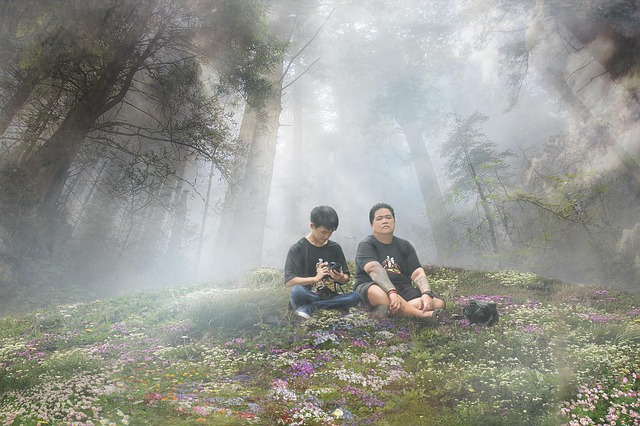
Exploring Visual Manipulation: Navigating Virtual Reality, Augmented Reality, and the Metaverse
Visual manipulation has taken on a new life in today’s digital landscape, especially with the emergence of technologies like Virtual Reality (VR), Augmented Reality (AR), and the Metaverse. As we dive deeper into the realms of simulation, these technologies offer unprecedented experiences that blur the lines between the real and the virtual.
Virtual reality transports users into fully immersive environments, allowing them to interact with simulated worlds as if they were physically present. This profound sense of presence is achieved through headsets that envelop our visual perception, creating an experience that feels authentic. Imagine stepping onto an alien planet or walking through an ancient city—VR turns these fantasies into tangible realities. However, with this powerful visual manipulation comes responsibility. As creators and users, we must navigate ethical considerations, ensuring that the experiences crafted do not lead users astray from the truths of their physical existence.
On the other hand, augmented reality enhances our view of the real world by overlaying digital elements onto our physical environment. Applications ranging from educational tools to gaming experiences exemplify how AR enriches everyday activities. Consider the popular game Pokémon GO, which encourages players to explore their surroundings while capturing virtual creatures. This strategic blend of visual manipulation fosters a unique interaction between the real and the digital. As we point our devices at our surroundings, layers of information and visuals are revealed, transforming what we see into an interactive playground.
Then, we have the Metaverse—a collective virtual space that merges both VR and AR, presenting a social dimension to visual manipulation. Instead of merely observing or interacting individually, the Metaverse allows users to coexist in shared spaces, fostering relationships and collaboration through avatars. Imagine attending a concert where you can dance alongside friends from different continents or participating in a meeting in a virtual boardroom that breaks the confines of physical geography. The Metaverse exemplifies how visual manipulation can enhance social connections and create engaging communities.
However, as we embrace these exciting advancements, it’s essential to remain grounded. The allure of visual manipulation can sometimes lead us to question our sense of reality. We must strike a balance between enjoying the escapism provided by VR, AR, and the Metaverse while recognizing the importance of our authentic experiences. The line between virtual and reality can easily blur, prompting us to reflect on where we draw that boundary.
Ultimately, as we explore the potential of visual manipulation through these immersive technologies, we should be mindful of our intentions and the experiences we choose to engage with. In a world filled with digital wonders, it is vital to cultivate a sense of awareness about how these simulations affect our perception of reality and our interactions with others.


